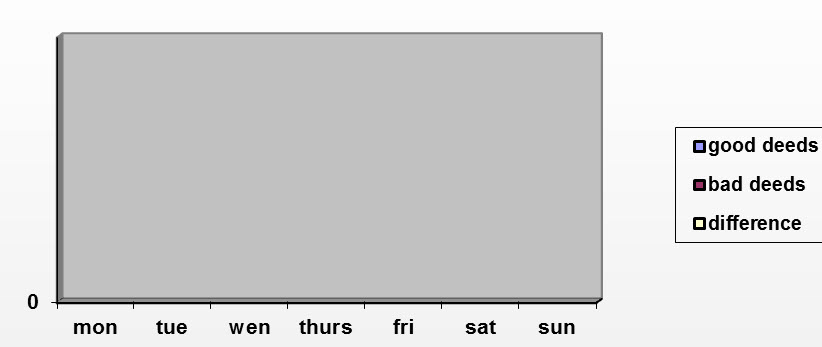Teaching Examples
English
The following two examples are from John Steinbeck’s novel The Pearl.
This text is recommended for stage 4 English. Years 7-8.
…It is not good to want a thing too much. It sometimes drives the luck away. You must want it just enough, and you must be very tactful with God or the gods. But Juana stopped breathing. Very deliberately Kino opened his short strong knife…
…and Juana whispered her combination of prayer and magic, her Hail Mary’s and her ancient intercession, against the black unhuman things.

Surely Allah will not forgive the association of partners (shirk) with Him, but He forgives (sins) less than that of whomever He wishes. (4:48)
These two examples constitute shirk:
They involve associating partners with Allah by assigning the ability to cause harm or drive luck away. The examples also show acts of worship being directed towards something other than Allah.
Use of magic:
Magic is a common theme in popular teen novels, such as the Harry Potter series. The above example highlights the use of magic by a character in The Pearl to ward off evil.
Cultural Relevance:
This particular example is relevant to present cultural customs whereby to this day people rely on talismans and blue eye pendants for protection.
Mathematics
Year 2: Problem Solving & Multiplication
Question 1:
If 7 circumambulations (going around) the ka’abah are required at every prayer, how many circumambulations does one make in a day?
Answer:
7 x 5 = 35 circumambulations
Question 2:
Each prayer in the Prophet’s Mosque in Madinah is equal to 1000 prayers. How many prayers would you be rewarded for if you prayed every prayer for 2 days?
Answer:
5×2 = 10 prayers in 2 days. 10×1000 = 10 000 prayers
Year 4-6: Graphs
Question 1:
Draw up a graph chart of your Imaan levels during the day over a week. For every worship and good deed give yourself 2 points. For every bad action or saying deduct 1 point. Calculate your points daily and place them on the following graph.
Question 2:
Subtract your bad deeds from your good deeds and graph the results on a line graph.
Question 3:
What can you say about your levels of Imaan (faith) throughout the week?
Question 4:
Reflect on ways to increase your levels daily and try them out for the next week. Make another graph for the following week. Are there any differences between the two graphs?

